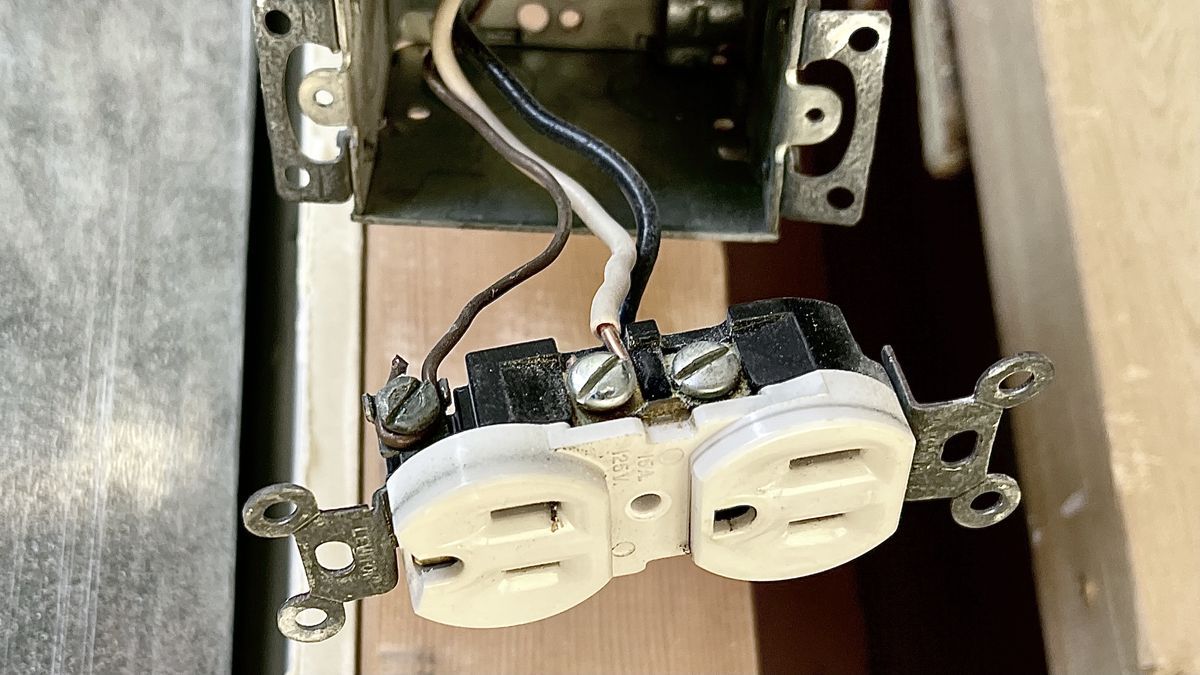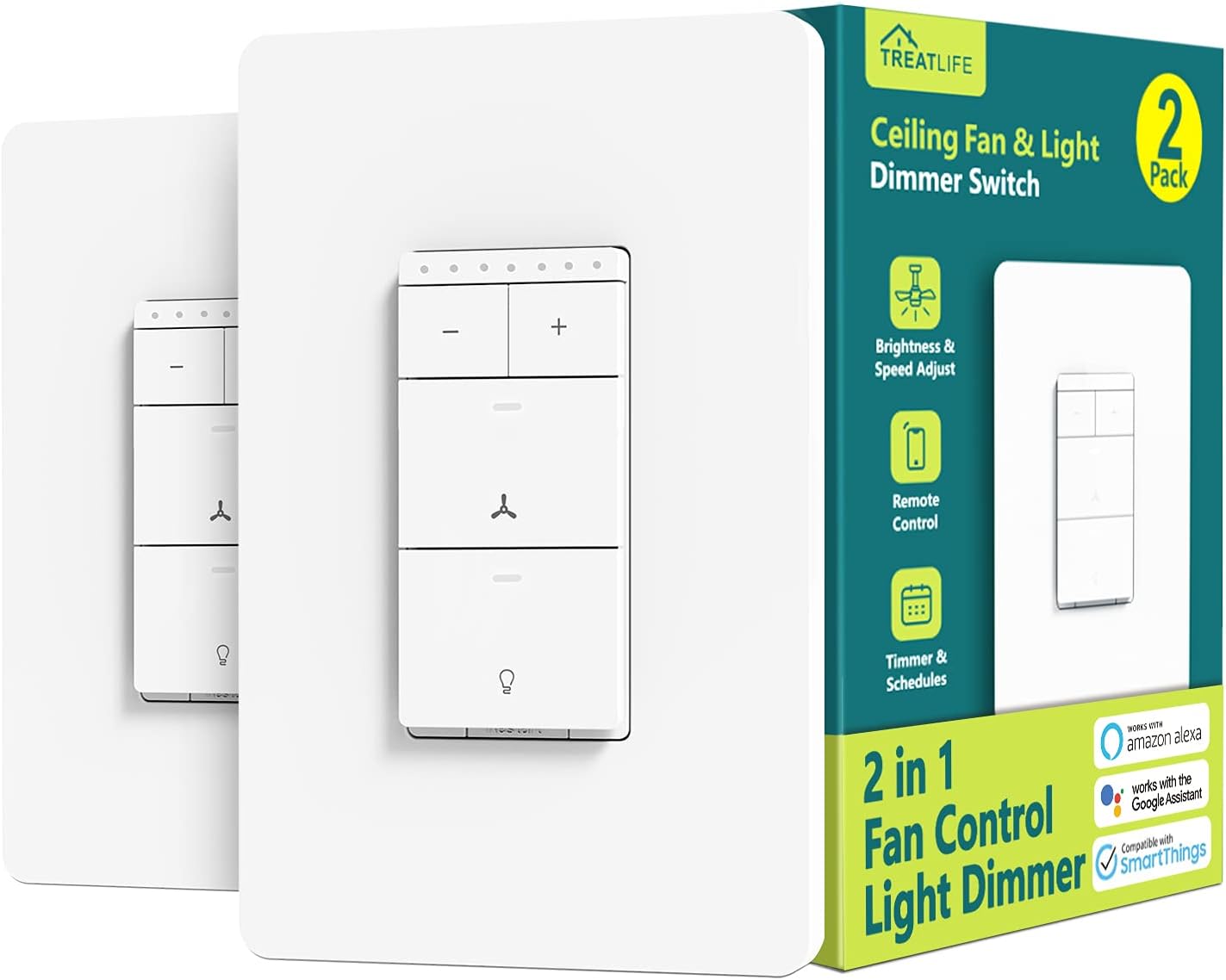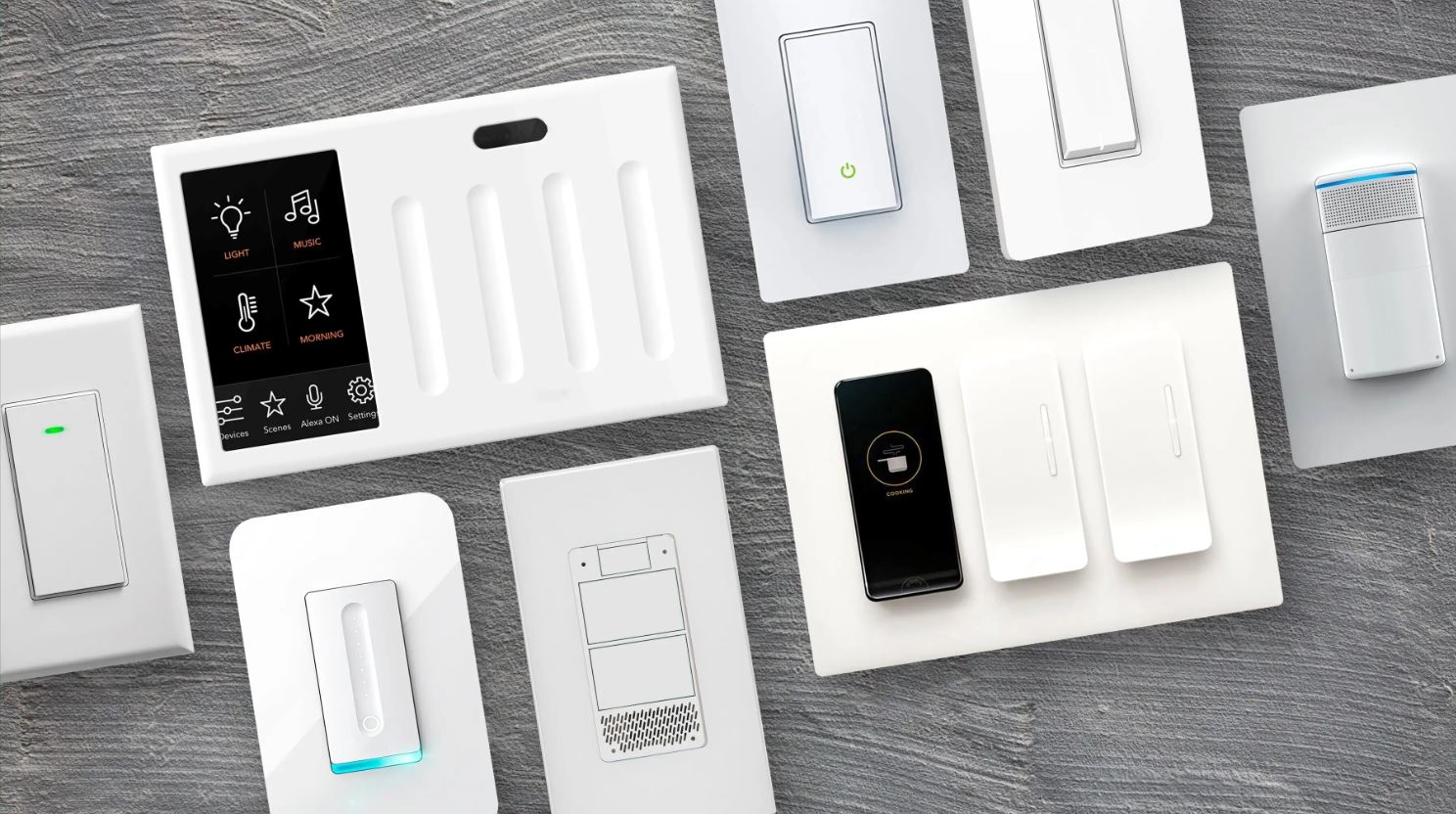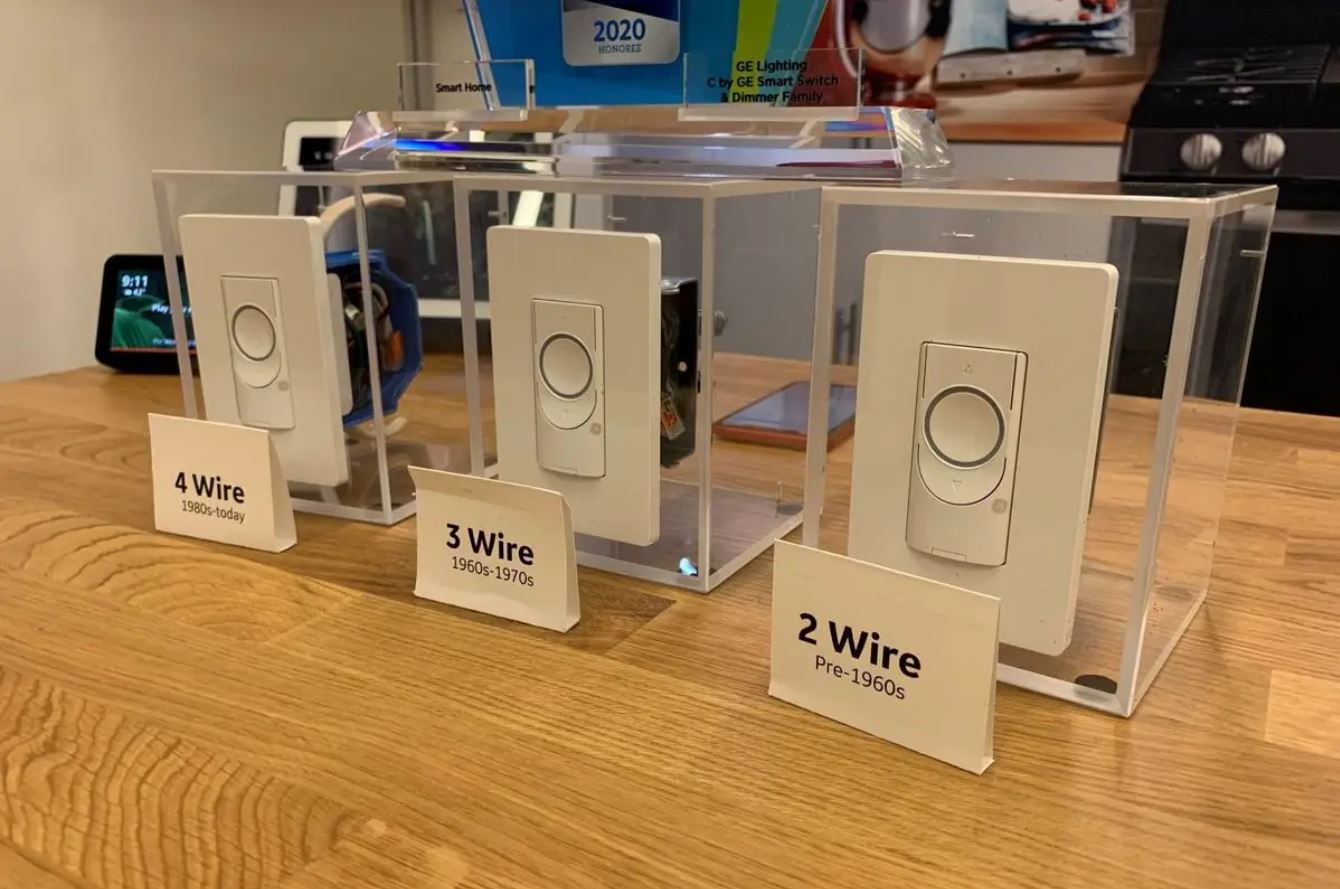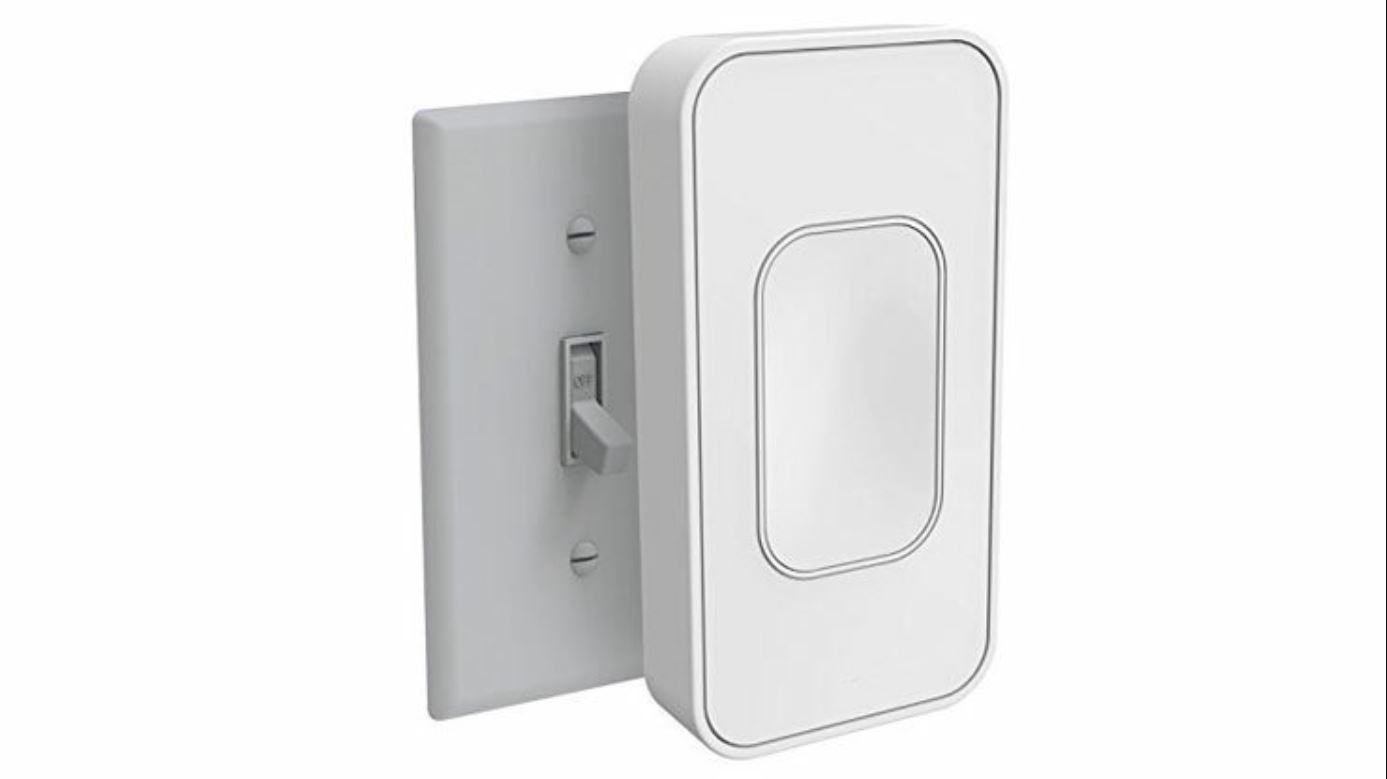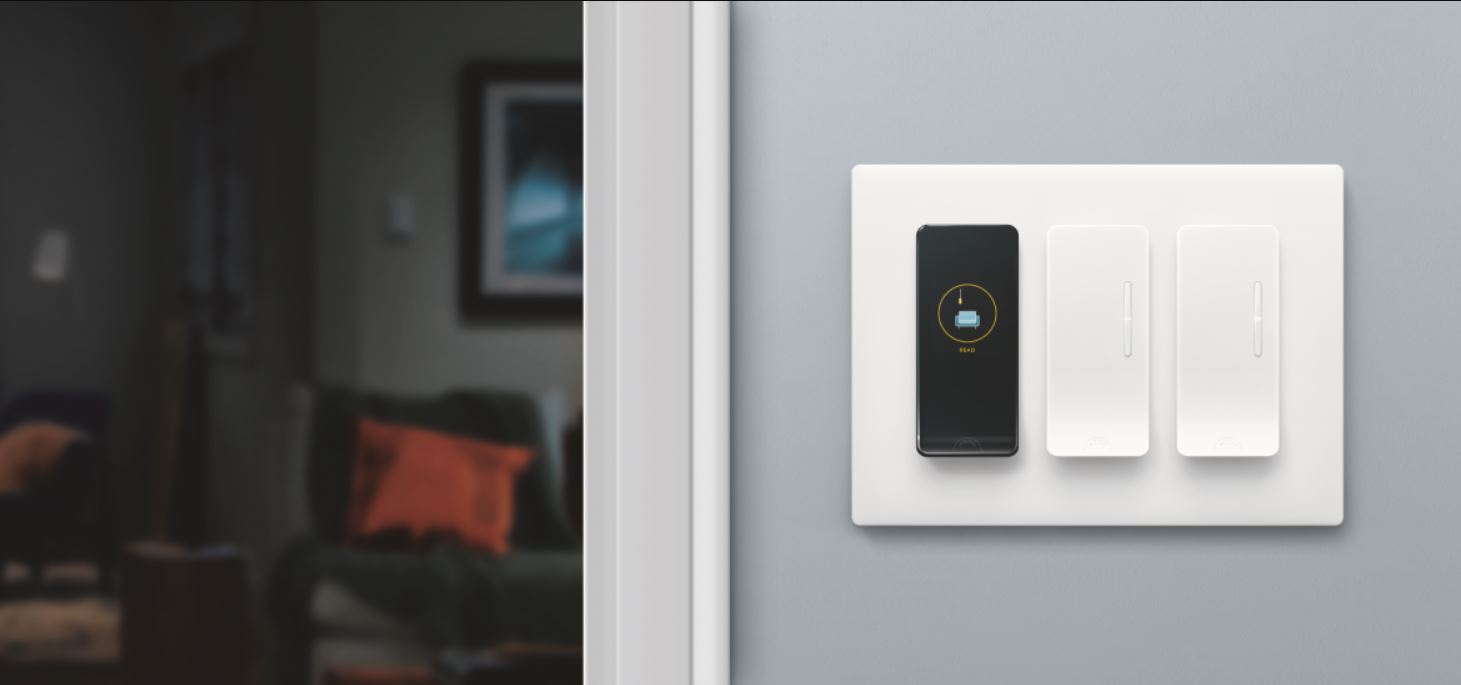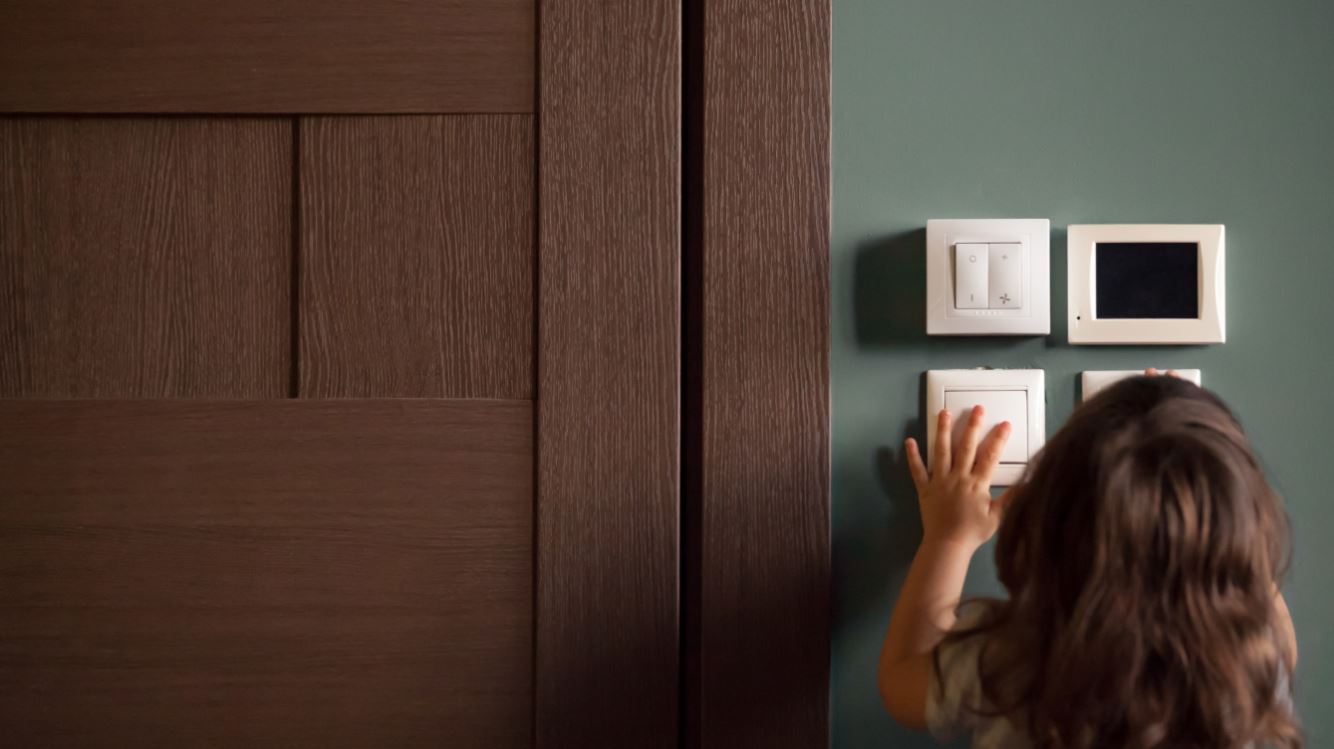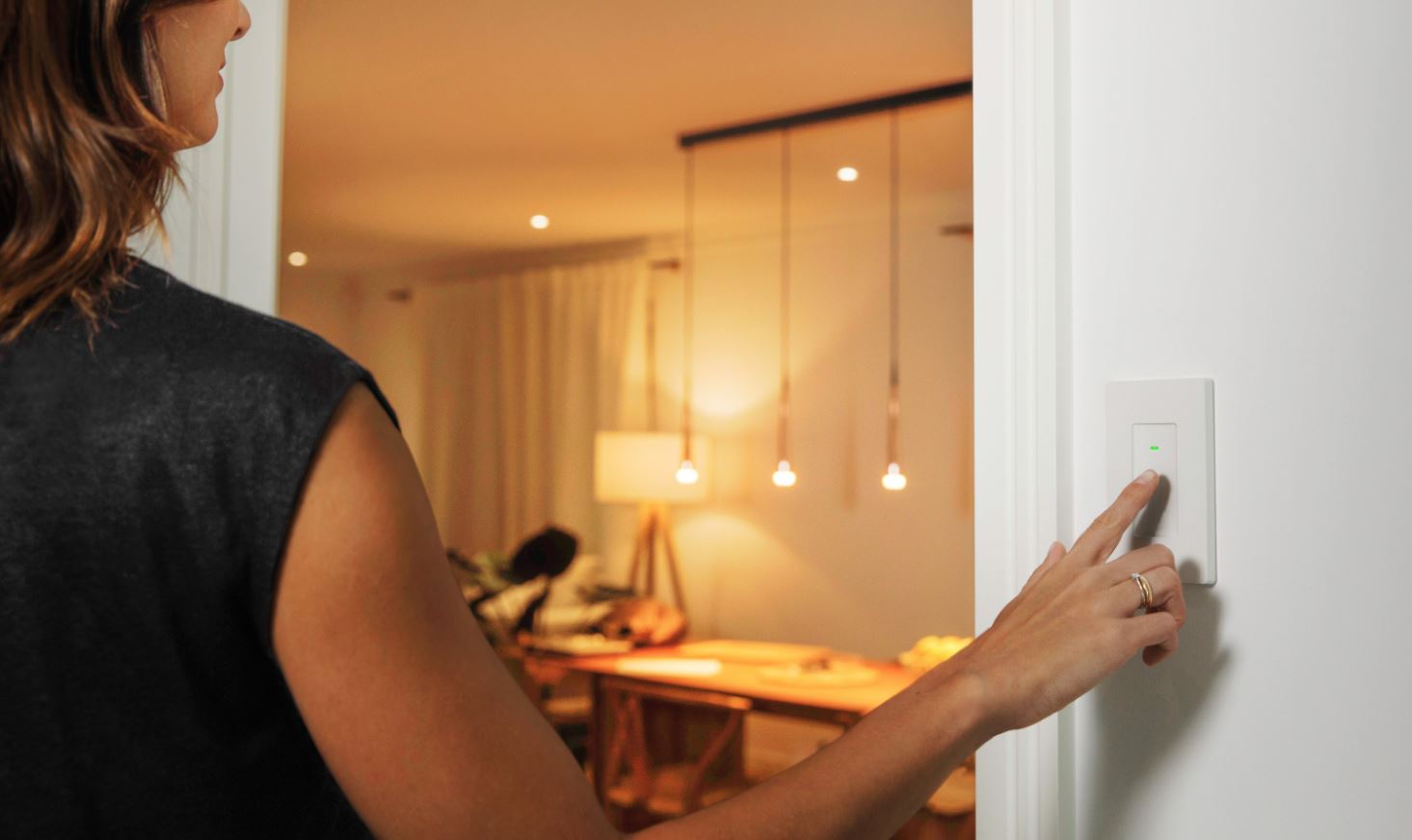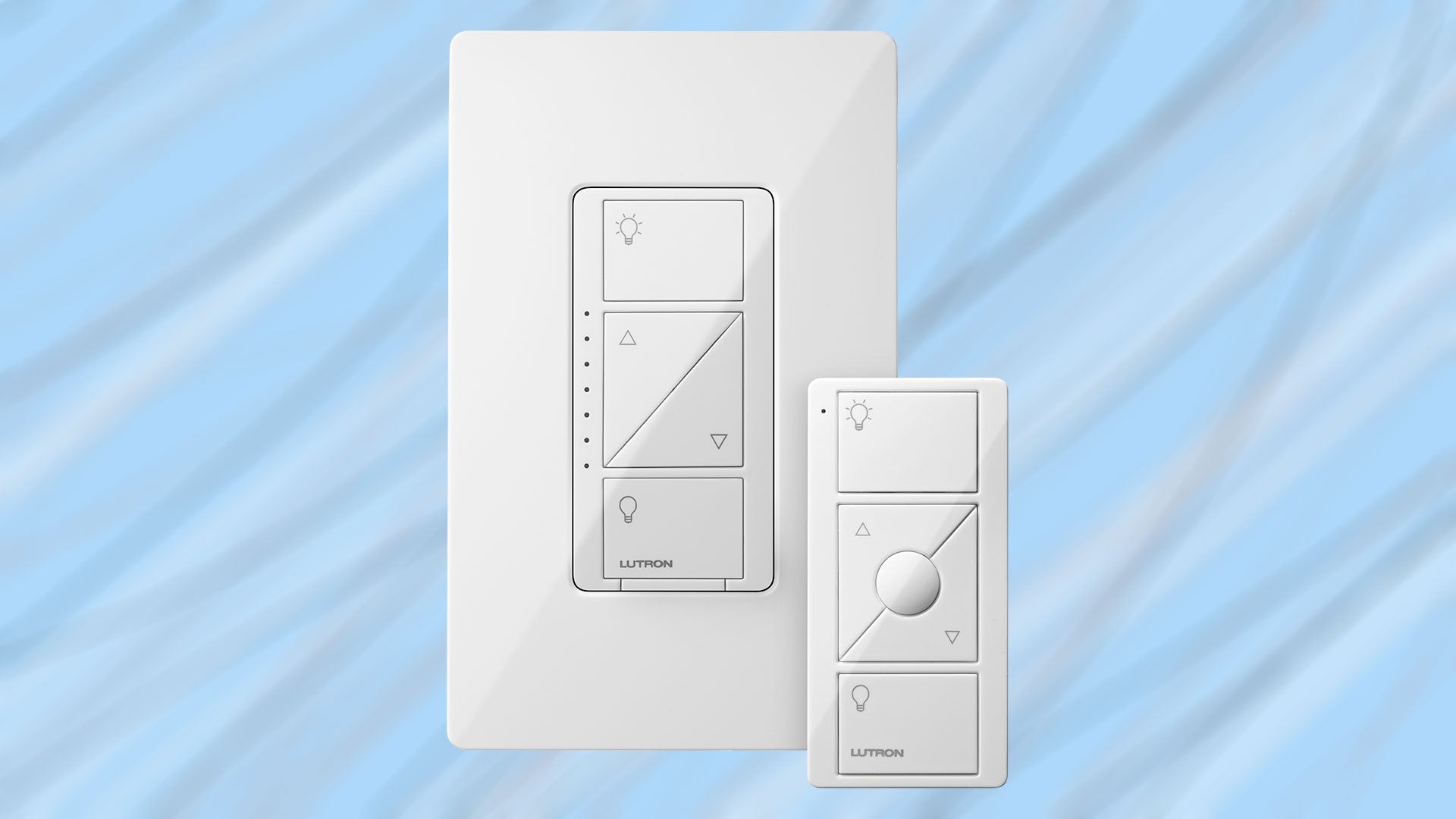Introduction
Welcome to the world of smart home automation, where a simple flick of a switch or a voice command can transform your living space. Smart light switches are a popular choice among homeowners looking to upgrade their lighting systems and take control of their home’s ambiance. These innovative devices allow you to adjust the brightness, schedule lighting routines, and even control your lights remotely from your smartphone.
However, when it comes to installing smart light switches, one common requirement that often causes confusion is the presence of a neutral wire. Many smart light switches rely on a neutral wire to provide a continuous flow of electricity to power the switch and its smart functionalities. But what if your existing wiring doesn’t have a neutral wire? Does that mean you can’t enjoy the convenience of a smart light switch? Not necessarily!
In this guide, we will explore the options available for installing a smart light switch without a neutral wire. We will discuss the importance of a neutral wire, the different types of smart light switches, and provide a step-by-step guide to help you install and test a non-neutral smart light switch in your home.
Whether you’re a tech-savvy homeowner or a passionate DIYer, this guide will equip you with the knowledge and skills to successfully install and use a smart light switch, regardless of your existing wiring configuration. So, let’s dive in and discover how you can bring the future of lighting control into your home!
Why do you need a neutral wire for smart light switches?
Before we delve into the solutions for installing smart light switches without a neutral wire, let’s understand why a neutral wire is important in the first place. In a typical electrical circuit, the neutral wire acts as the return path for the flow of electricity. It completes the circuit and allows for the safe operation of electrical devices.
When it comes to smart light switches, the neutral wire serves two primary purposes. Firstly, it provides a continuous source of power to the smart switch, allowing it to function properly. Without a neutral wire, the smart switch would not have a reliable power supply, rendering its smart features ineffective.
Secondly, the neutral wire is necessary for the two-way communication between the smart switch and the hub or app that controls it. This communication enables you to remotely control your lights, set schedules, and interact with other smart home devices. Without the neutral wire, the smart switch would not be able to send and receive signals effectively, limiting its functionality.
While some traditional light switches may not require a neutral wire, smart light switches operate on a different level. Their advanced technology and features necessitate a steady power supply and reliable communication, which can only be achieved with the presence of a neutral wire in the electrical setup.
Therefore, in order to fully benefit from the convenience and capabilities of a smart light switch, it is essential to have a neutral wire available. However, not all homes have this wiring configuration, especially in older buildings or in certain regions.
Fortunately, there are solutions available that allow you to install and use smart light switches without a neutral wire. In the next sections, we will explore the different options and provide a step-by-step guide to help you navigate the installation process successfully.
What is a neutral wire?
In the world of electrical wiring, the neutral wire plays a crucial role in completing an electrical circuit and ensuring the safe operation of various devices. In simple terms, a neutral wire is a conductor that carries the return current from an electrical load back to the main power source.
The neutral wire is typically colored white or gray, distinguishing it from other wires in the electrical system. It is connected to the neutral bus bar in the main electrical panel, which is ultimately connected to the utility’s transformer, providing a path for the electricity to flow back to its source.
In residential electrical systems, the neutral wire is paired with the hot wire, which carries the current from the power source to the device. Together, the hot and neutral wires form a complete circuit, allowing electricity to flow safely and efficiently.
While the hot wire delivers power to the device, the neutral wire acts as the return path, carrying the current back to the source to ensure a balanced electrical flow. Without a neutral wire, the circuit would be incomplete, leading to potential electrical hazards and malfunctions.
When it comes to smart light switches, a neutral wire is crucial for the proper functioning of the switch and its smart features. As mentioned earlier, smart light switches require a continuous source of power to operate effectively. The neutral wire provides this power supply and enables the switch to communicate with other devices, such as hubs or smartphone apps.
It’s important to note that not all light switches require a neutral wire. Traditional mechanical switches, for example, do not rely on a continuous power supply and can function without a neutral wire. However, as technology advances and smart home automation becomes more prevalent, the need for neutral wires in light switches has become increasingly common.
In cases where an existing wiring setup does not include a neutral wire, homeowners have options to work around this limitation. This includes using smart light switches specifically designed for installations without a neutral wire, or implementing alternative methods such as using battery-powered switches or installing additional wiring to accommodate a neutral wire.
Understanding the purpose and importance of a neutral wire is crucial when exploring the options available for installing smart light switches. In the next sections, we will delve into the different types of smart light switches and the solutions for installing them without a neutral wire in your home.
Understanding the different types of smart light switches
When it comes to smart light switches, there are various options available in the market, each with different features, compatibility, and requirements. Understanding the different types of smart light switches will help you choose the right one for your home, especially if you don’t have a neutral wire in your existing electrical setup.
1. Standard smart light switches: These smart light switches require a neutral wire for installation. They offer a wide range of features, such as voice control, remote access, scheduling, and integration with smart home systems like Amazon Alexa or Google Assistant. Standard smart light switches are the most common and versatile option available, but they are not suitable for installations without a neutral wire.
2. Smart light switches without neutral wire: As the name suggests, these smart light switches are specifically designed for installations where a neutral wire is not available. They operate by utilizing alternative wiring configurations or by using specialized circuitry to draw a minimal amount of power from the load itself. These switches often require additional setup steps or unique wiring, so it’s important to follow the manufacturer’s instructions carefully.
3. Battery-powered smart light switches: Another option for homes without a neutral wire is to use battery-powered smart light switches. These switches operate on battery power, eliminating the need for a continuous electrical supply. While they offer convenience and flexibility, they will require periodic battery replacement or recharging, depending on the specific model and usage.
4. Wireless smart light switches: Wireless smart light switches are an alternative solution for homes without a neutral wire. These switches communicate wirelessly with a central hub, eliminating the need for direct electrical connections. They can be installed using adhesive mounts or screwed onto existing switch plates. However, wireless smart light switches may require additional equipment, such as a compatible hub or bridge, to enable smart functionalities.
5. Smart light switch adapters: If you have existing non-smart light switches and want to add smart functionality without rewiring or replacing the switches, smart light switch adapters are available. These adapters can be installed behind your existing switches, allowing you to control your lights remotely. They typically require a neutral wire, so they may not be suitable for all installations without one.
It’s important to carefully research and choose a smart light switch that aligns with your specific needs and the wiring configuration of your home. Consider factors such as compatibility with your smart home ecosystem, the features you desire, ease of installation, and whether a neutral wire is required or not.
Now that we have explored the different types of smart light switches, let’s move on to the next section, which will provide a step-by-step guide on installing a smart light switch without a neutral wire.
Going Wi-Fi: Smart light switches that don’t require a neutral wire
If you don’t have a neutral wire in your electrical setup but still want to enjoy the convenience of smart lighting, there are smart light switches available that operate without the need for a neutral wire. These switches utilize alternative wiring configurations or employ specialized circuitry to draw a minimal amount of power from the load itself.
One popular option is Wi-Fi-enabled smart light switches. These switches connect directly to your home’s Wi-Fi network, allowing you to control your lights remotely through a smartphone app or integrate them with voice control systems like Amazon Alexa or Google Assistant. They offer a wide range of features, including scheduling, dimming capabilities, and customizable lighting scenes.
Wi-Fi-enabled smart light switches without a neutral wire use a combination of networking and power-saving technologies to function effectively. Instead of relying on a continuous power supply from a neutral wire, they draw a tiny amount of power from the connected light fixture itself, ensuring proper operation without compromising the function of the light or posing any safety risks.
When choosing a Wi-Fi-enabled smart light switch without a neutral wire, make sure to consider the following:
1. Compatibility: Check if the switch is compatible with your home’s Wi-Fi network and the smart home ecosystem you have in place, such as Alexa, Google Assistant, or Apple HomeKit.
2. Power requirement: Verify the power requirement of the smart light switch. Some switches may have limitations on the maximum wattage or types of bulbs they can support.
3. Installation process: Review the installation process and ensure you follow the manufacturer’s instructions carefully. Pay attention to any unique wiring requirements or additional steps needed for setup.
4. Additional features: Consider any additional features or functionalities offered by the smart light switch, such as compatibility with dimmable LED bulbs, energy monitoring, or integration with other smart devices in your home.
5. Brand reputation and reviews: Research the brand reputation and read customer reviews to ensure you are choosing a reliable and reputable smart light switch without a neutral wire.
Remember, even though these switches don’t require a neutral wire, it’s crucial to exercise caution and follow proper electrical safety guidelines during installation. If you’re uncertain or uncomfortable with electrical work, it’s always best to consult a professional electrician.
In the next section, we will provide a step-by-step guide on installing a smart light switch without a neutral wire, so you can enjoy the benefits of smart lighting in your home.
Step-by-step guide on installing a smart light switch without a neutral wire
If your electrical setup doesn’t include a neutral wire, don’t worry! You can still install and enjoy the convenience of a smart light switch without this requirement. Follow this step-by-step guide to successfully install a smart light switch without a neutral wire:
1. Gather the necessary tools and materials: Before you begin, make sure you have all the required tools and materials on hand. This typically includes a smart light switch without a neutral wire, wire connectors, electrical tape, a screwdriver, and a voltage tester.
2. Turn off the power: Head to your electrical panel and turn off the power supply to the switch you’ll be replacing. Use a voltage tester to ensure that the circuit is de-energized before proceeding.
3. Remove the existing switch: Unscrew the faceplate and remove the screws holding the switch in place. Carefully disconnect the wires attached to the switch, taking note of the wire connections.
4. Identify the wires: In a non-neutral wire setup, you’ll typically find two black wires (one hot wire and one load wire) and a ground wire (usually bare or green). The hot wire brings power from the electrical panel, while the load wire carries the power to the light fixture.
5. Install the smart light switch: Connect the black hot wire to the line terminal of the smart light switch. Connect the black load wire to the load terminal. If your switch has a ground wire, connect it to the grounding wire in your electrical box. Follow the manufacturer’s instructions for your specific switch model.
6. Secure the wires: Ensure that all connections are secure and properly tightened. Use wire connectors to join the wires together, covering them with electrical tape for added safety.
7. Mount the smart light switch: Carefully tuck the wires into the electrical box and screw the smart light switch onto the box, aligning it with the screw holes. Attach the faceplate to complete the installation.
8. Restore power and test: Turn the power back on at the electrical panel and test the smart light switch to ensure it is functioning correctly. Follow the manufacturer’s instructions to set up the switch with your smartphone app or smart home system.
It’s essential to follow all safety guidelines and consult the manufacturer’s instructions specific to your smart light switch model. If you’re unsure about any steps or uncomfortable with electrical work, it’s best to seek assistance from a qualified electrician.
Now that your smart light switch without a neutral wire is installed and working, you can enjoy the convenience of controlling your lights with ease and integrating them into your smart home ecosystem.
Testing the smart light switch without a neutral wire
Once you have successfully installed a smart light switch without a neutral wire, the next step is to test its functionality and ensure that it operates as expected. Testing the switch will help you identify any issues or adjustments that may need to be made for optimal performance. Follow these steps to test your smart light switch without a neutral wire:
1. Turn on the power: Ensure that the power supply to the switch is turned on at the electrical panel. This is necessary for the switch to receive power and be operational.
2. Access the smart switch controls: Use the manufacturer’s instructions to set up and access the controls for your specific smart light switch model. This may involve downloading a smartphone app, connecting the switch to your home’s Wi-Fi network, or linking it to your existing smart home system.
3. Test manual control: Start by manually operating the smart light switch. Toggle the switch on and off to ensure it functions as expected, controlling the connected light(s). Observe the response time and verify that the switch is providing the desired lighting control.
4. Test remote control: If your smart light switch offers remote control capabilities, use the app or voice commands to control the switch from a different location in your home or even outside. This will help verify that the switch can be controlled effectively through the remote functionalities.
5. Test scheduling and automation: If your smart light switch supports scheduling or automation features, set up a schedule or automation routine to turn the lights on and off automatically at specified times. Monitor the switch to ensure that it follows the programmed schedule accurately.
6. Test integration: If you have integrated your smart light switch with a smart home system, test the integration by commanding your voice assistant (e.g., Alexa or Google Assistant) to control the switch. Verify that the commands are recognized, and the switch responds accordingly.
7. Monitor power consumption: If your smart light switch provides power monitoring capabilities, monitor the power consumption of the connected lights. This can help you track energy usage and identify any abnormal power consumption patterns.
If you encounter any issues during testing, such as the switch not responding to commands or experiencing connectivity problems, refer to the manufacturer’s troubleshooting guide or contact their customer support for assistance. They can provide specific troubleshooting steps or offer guidance to resolve any issues you may be facing.
By thoroughly testing your smart light switch without a neutral wire, you can ensure that it is installed correctly and operating as expected. This will allow you to enjoy the convenience and smart functionalities of your lighting system without the requirement of a neutral wire.
Troubleshooting common issues with non-neutral smart light switches
While non-neutral smart light switches can provide a convenient and efficient way to control your lighting, they may occasionally encounter certain issues. Understanding and troubleshooting these common problems will help ensure smooth operation and maximize the functionality of your smart light switch. Here are some common issues you may encounter with non-neutral smart light switches and their possible solutions:
1. Dimmed or flickering lights:
- Possible cause: The load power draw may be too low, causing the lights to dim or flicker.
- Solution: Check if the smart light switch is compatible with the type and wattage of your light bulbs. Upgrading to bulbs that meet the switch’s specifications should resolve the issue.
2. Connectivity issues:
- Possible cause: Wi-Fi or network connectivity problems can cause the smart light switch to lose connection or become unresponsive.
- Solution: Ensure that your Wi-Fi signal is strong and stable. Consider relocating your Wi-Fi router or adding a Wi-Fi range extender if necessary. Additionally, check if there are any firmware updates available for your smart light switch and update it accordingly.
3. Delayed response:
- Possible cause: A delay in the response time of the smart light switch may be due to network latency or congestion.
- Solution: Check your network connection and ensure that it is stable. Reduce network congestion by minimizing the number of devices connected to your network or distributing them across different Wi-Fi bands or channels.
4. Switch not powering on:
- Possible cause: The wiring may not be properly connected or the smart light switch may not be receiving sufficient power.
- Solution: Double-check the wiring connections to ensure they are secure and properly installed. If the switch has a ground wire, ensure that it is connected to the grounding wire in the electrical box. If the issue persists, consult the manufacturer’s troubleshooting guide or contact their customer support for further assistance.
5. Compatibility issues:
- Possible cause: The smart light switch may not be compatible with your specific light fixtures, existing wiring, or smart home system.
- Solution: Verify the compatibility of the switch with your lights, wiring setup, and smart home ecosystem before making a purchase. If compatibility issues arise, consider reaching out to the manufacturer’s support team or exploring alternative smart light switch options.
If you encounter any other issues or are unsure how to address a specific problem, don’t hesitate to consult the manufacturer’s documentation, online resources, or seek assistance from their customer support. They can provide specific troubleshooting steps or offer guidance tailored to your smart light switch model.
By troubleshooting common issues and resolving them promptly, you can ensure optimal performance and enjoy the benefits of your non-neutral smart light switch without any interruptions.
Conclusion
Installing a smart light switch without a neutral wire may seem daunting at first, but with the right information and guidance, it is entirely possible to bring the convenience and efficiency of smart lighting into your home. By understanding the importance of a neutral wire and exploring the different types of smart light switches available, you can make an informed decision when selecting the right switch for your specific needs.
Whether you choose a Wi-Fi-enabled switch, a battery-powered option, or a wireless alternative, each has its own benefits and considerations. It’s essential to carefully follow the installation instructions provided by the manufacturer and exercise caution when working with electricity to ensure a safe and successful installation.
Testing the functionality of your smart light switch without a neutral wire and troubleshooting common issues is crucial to ensuring optimal performance. By addressing any problems promptly and seeking assistance when needed, you can enjoy seamless control over your lighting system and integrate it seamlessly into your smart home ecosystem.
Remember, if you’re uncertain or uncomfortable with electrical work, it’s always recommended to consult a qualified electrician. They can provide professional advice, ensure the installation is done correctly, and give you peace of mind.
With a non-neutral smart light switch installed and functioning, you can experience the convenience of controlling your lights with ease, creating customized lighting scenes, scheduling routines, and enhancing the ambiance of your home. Embrace the future of lighting control and enjoy a smarter, more efficient and personalized lighting experience.







